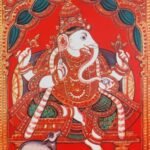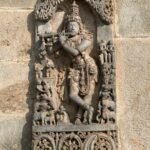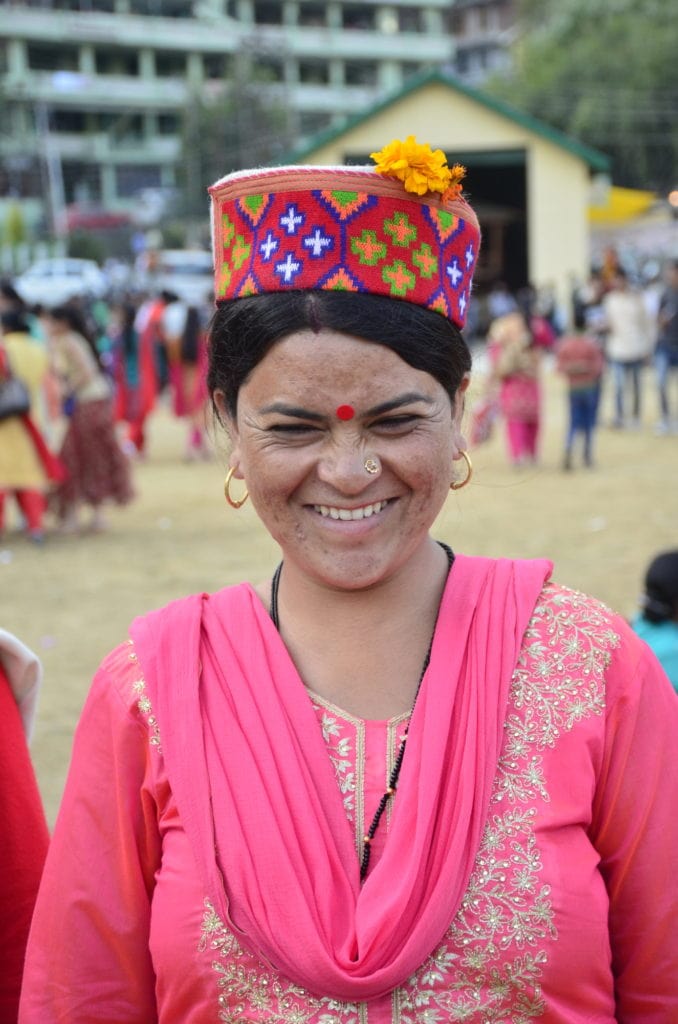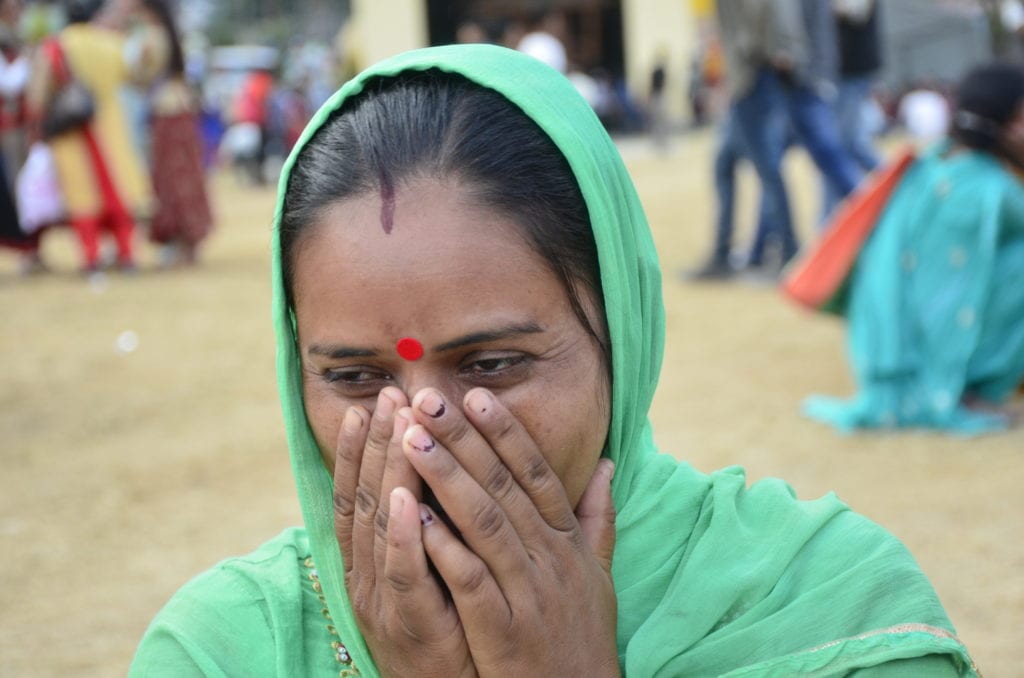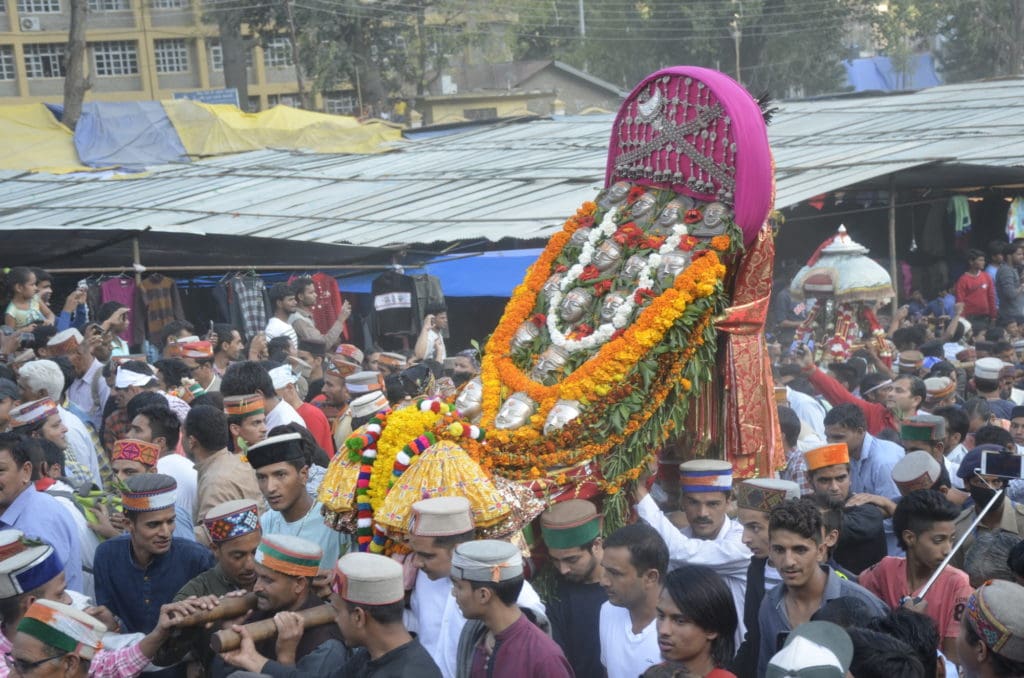Samatva
Byte Sized Travel Stories
people, places and stories.
nothing else.
just the trivial things.......
that make travel interesting....
and memorable
- All (75)
- Footsteps of Rama (3)
- Himachal (16)
- Quiz (0)
- Temples (16)
Diwali Quiz – Antiquity and Diversity
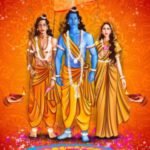
Diwali Quiz – History and Diversity

Diwali Quiz – Antiquity and Diversity

Diwali Quiz – History and Variety

Diwali Quiz – History and Variety

AskHow Rediscovery of India

Devi – A Quiz
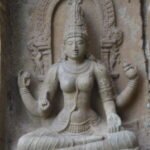
Diwali- A Quiz
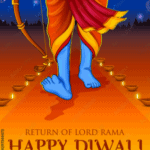
Temples in Pictures
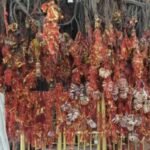
Share your own question
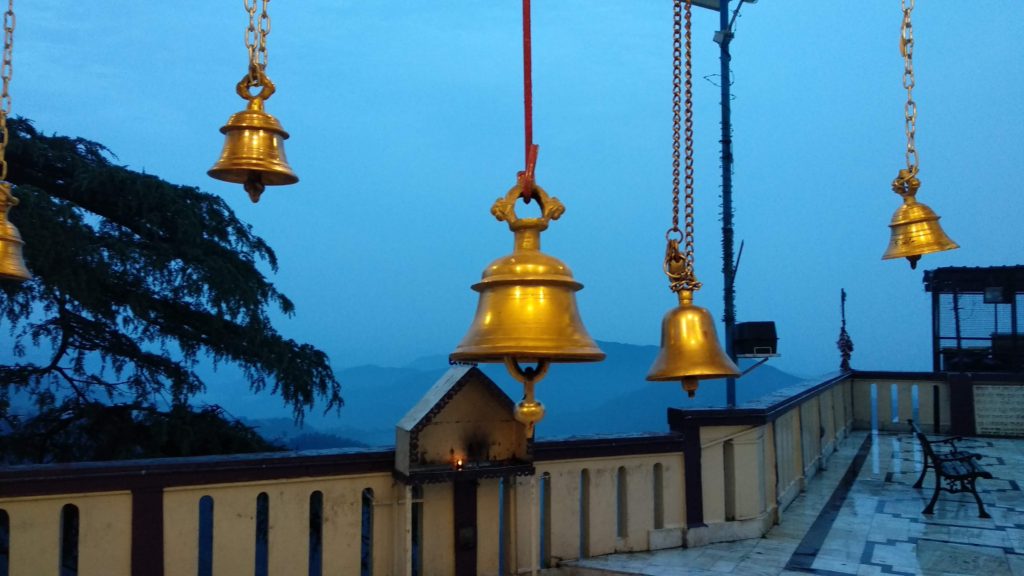
Everyday life at Kali Bhari, Shimla
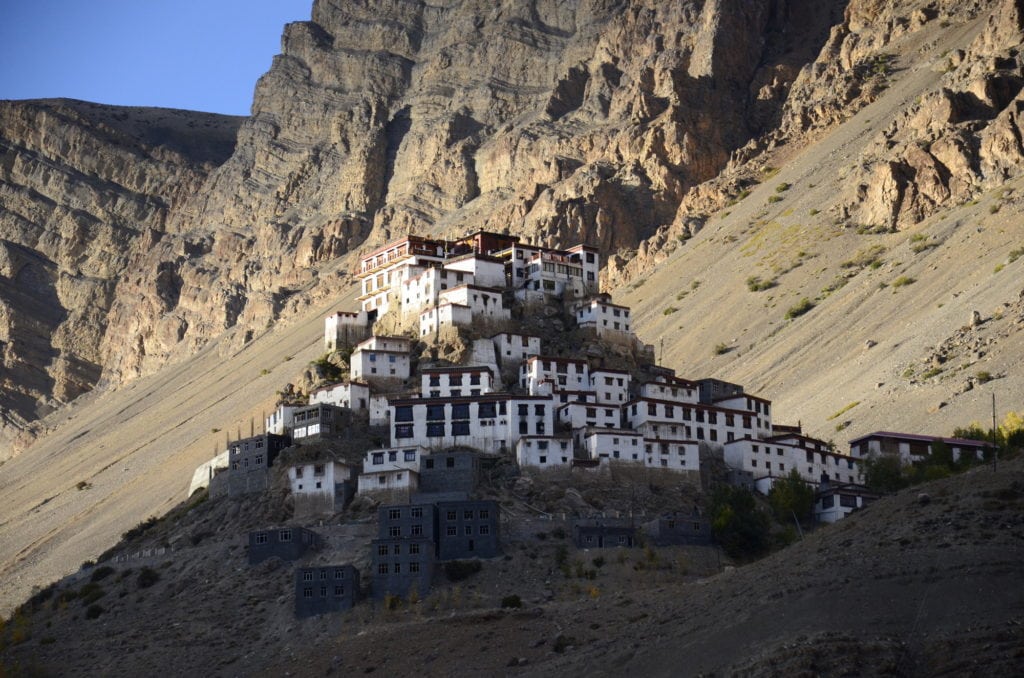
The pleasure of doing nothing at Ki
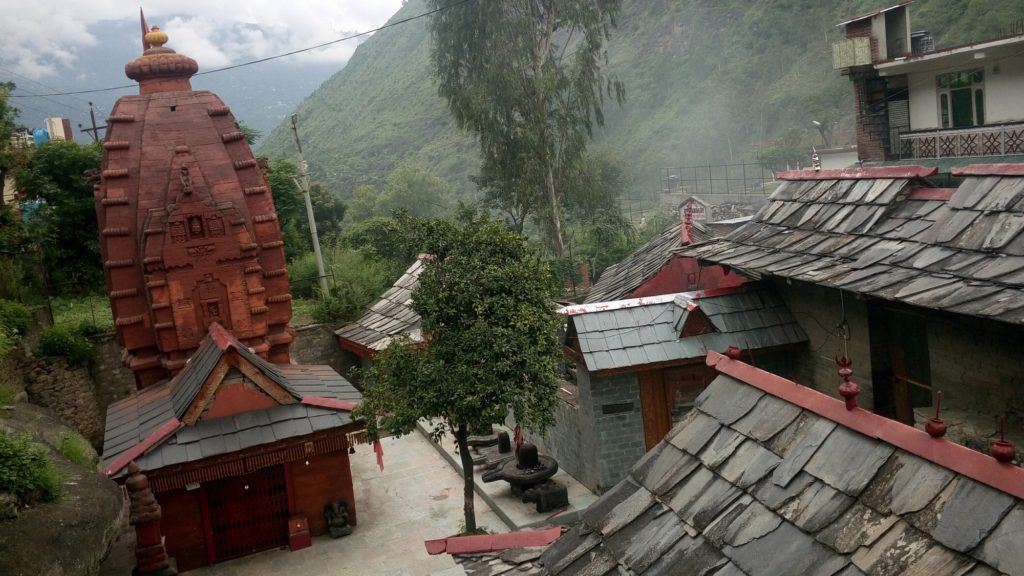
Sun Temple of Sutlej Valley, Nirath
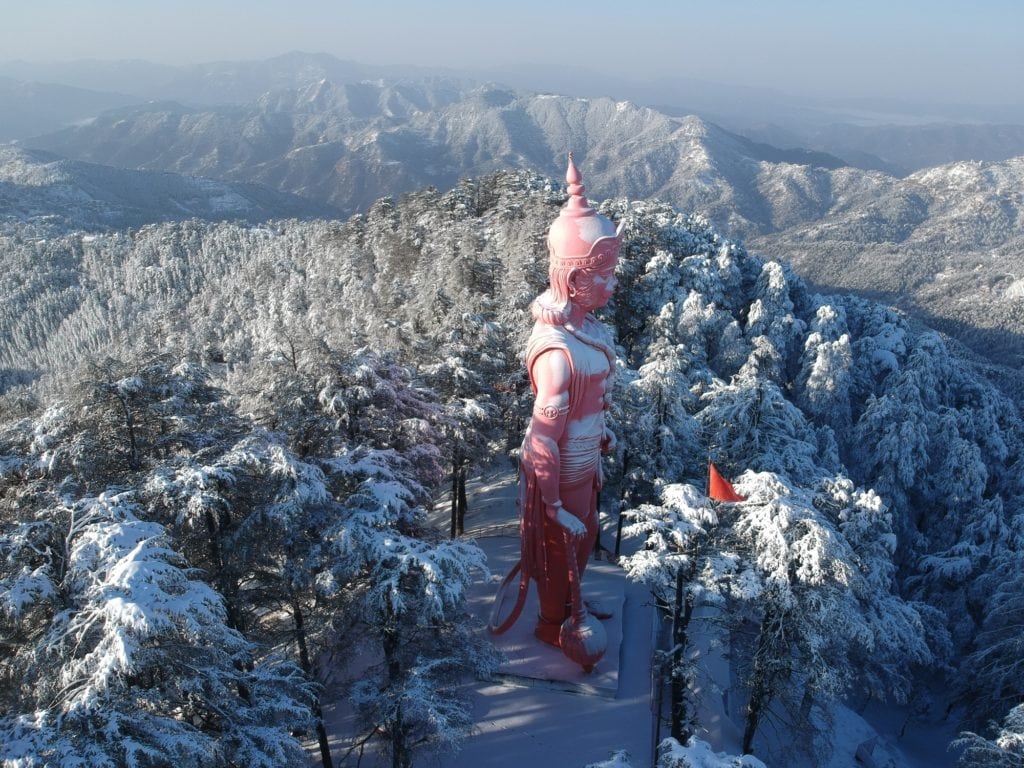
Hanumanji at hilltop, Shimla
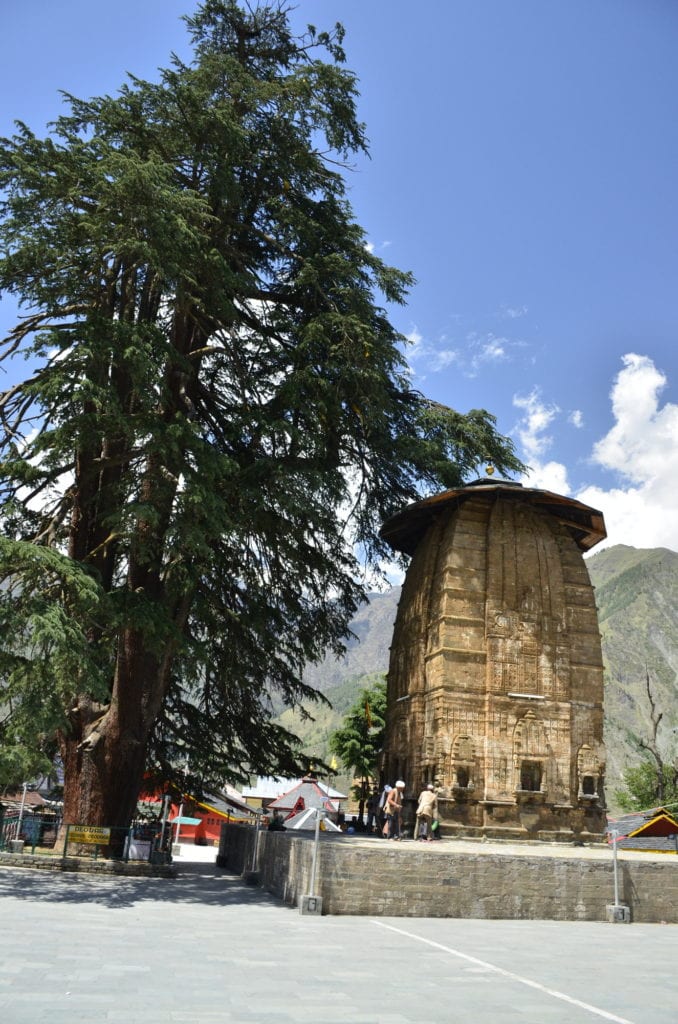
Land’s end at Bharmour
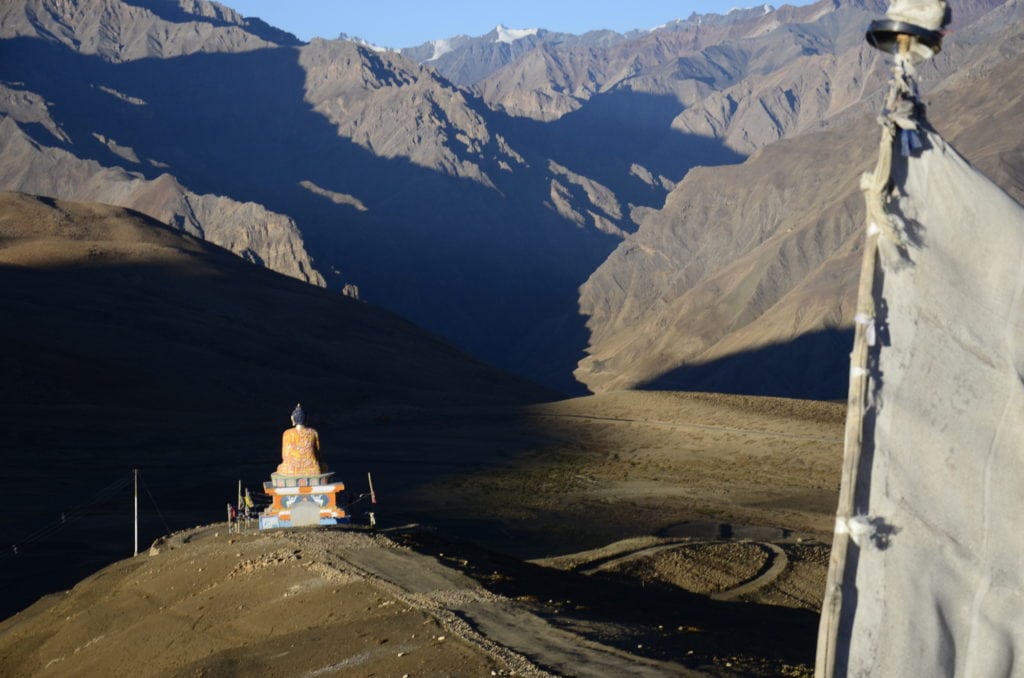
The perspective of Buddha, Langza
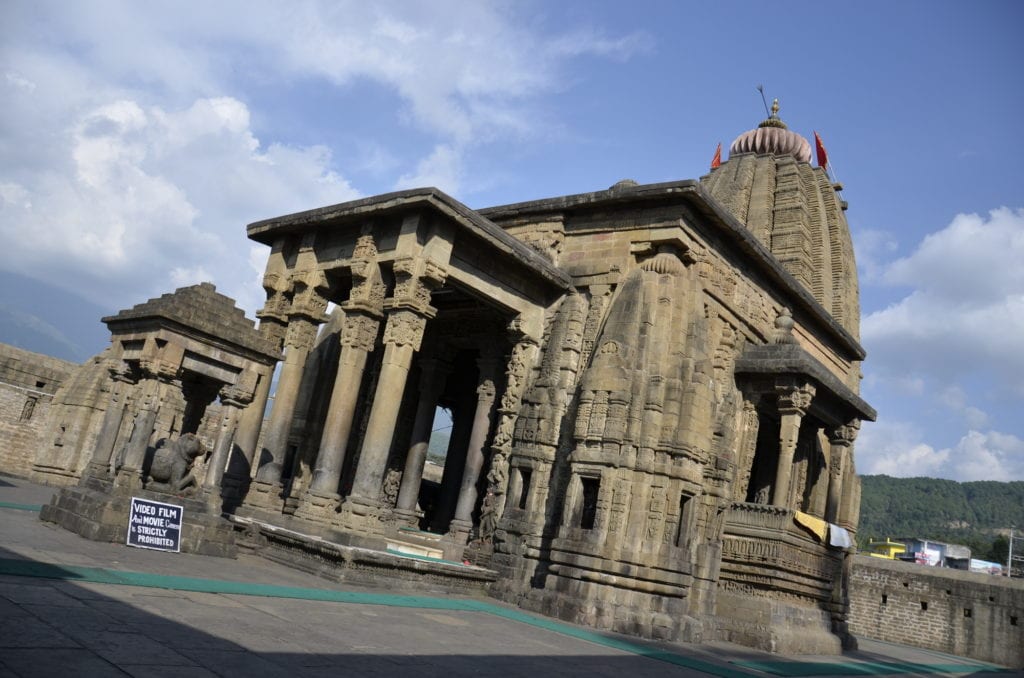
Perfect setting for the soul. Baijnath
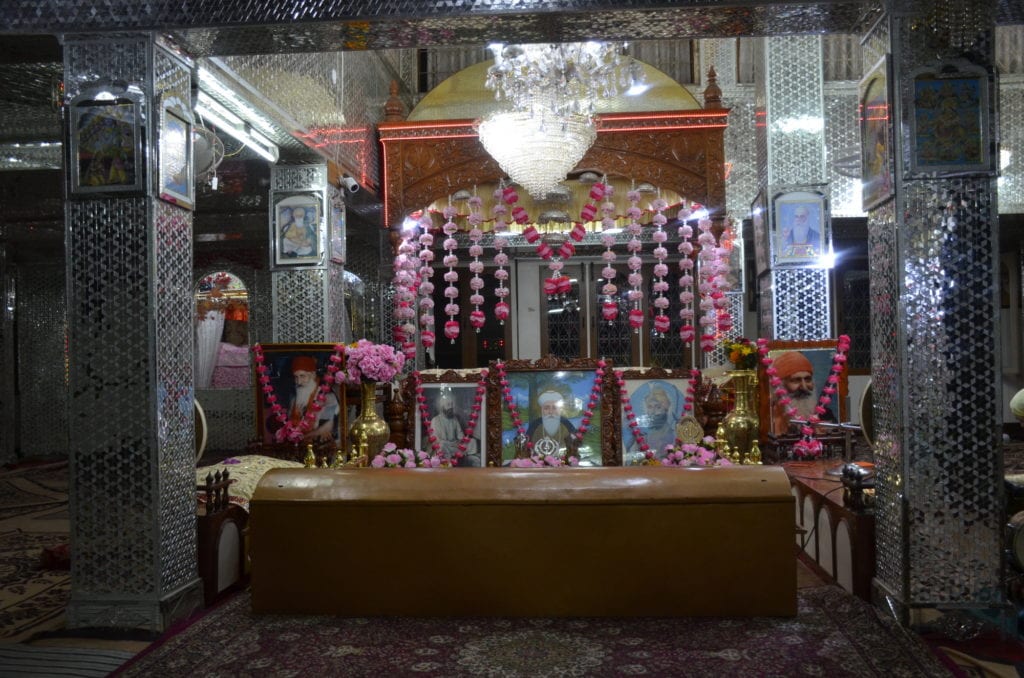
Variety of Manikiran
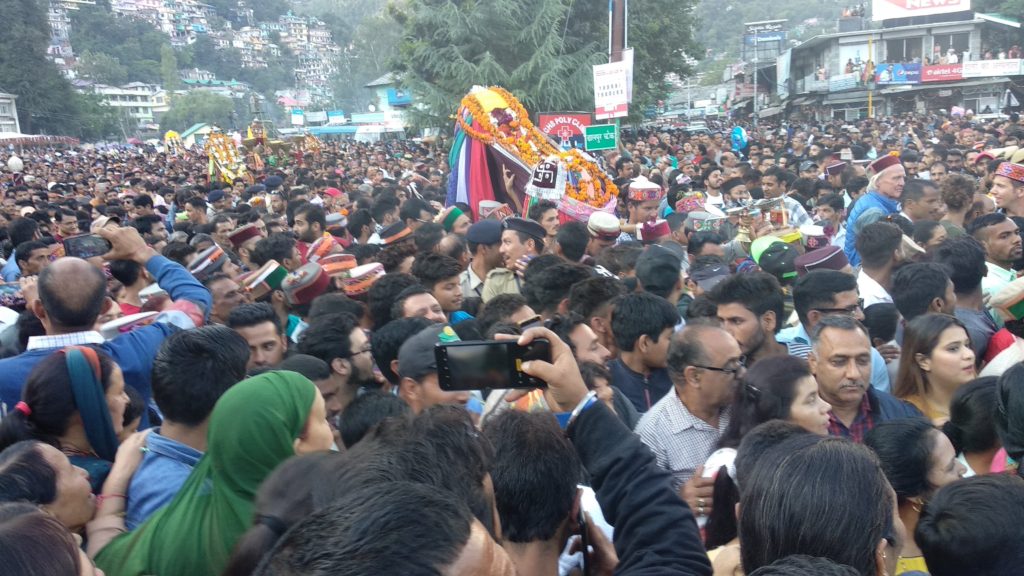
When the whole town is a temple, Kullu Dussehrah
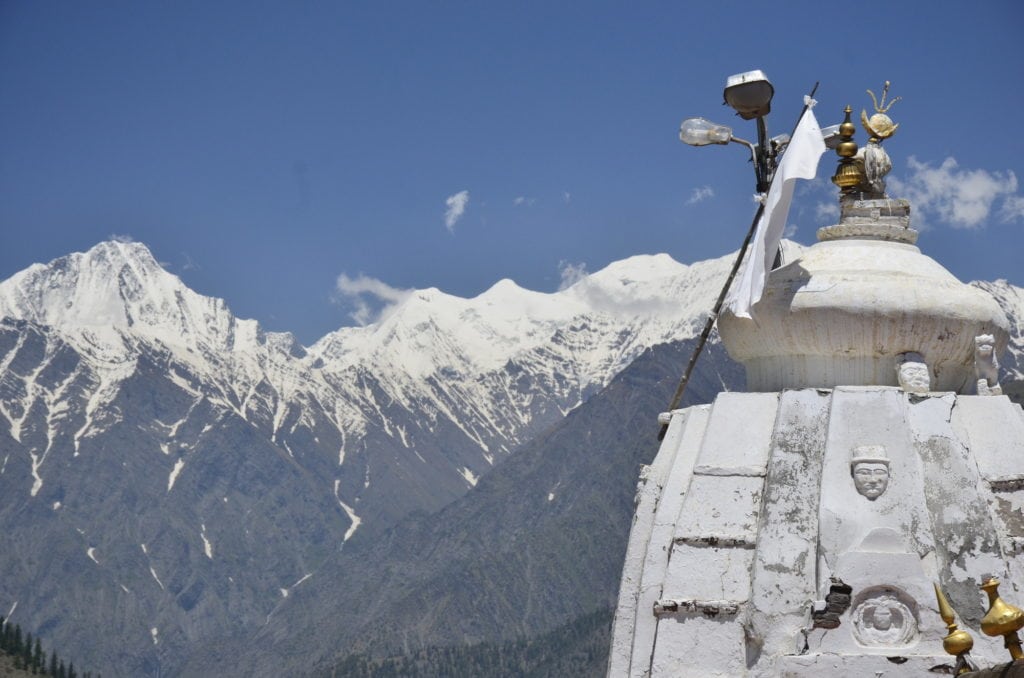
Harmony lived each day, Triloknath
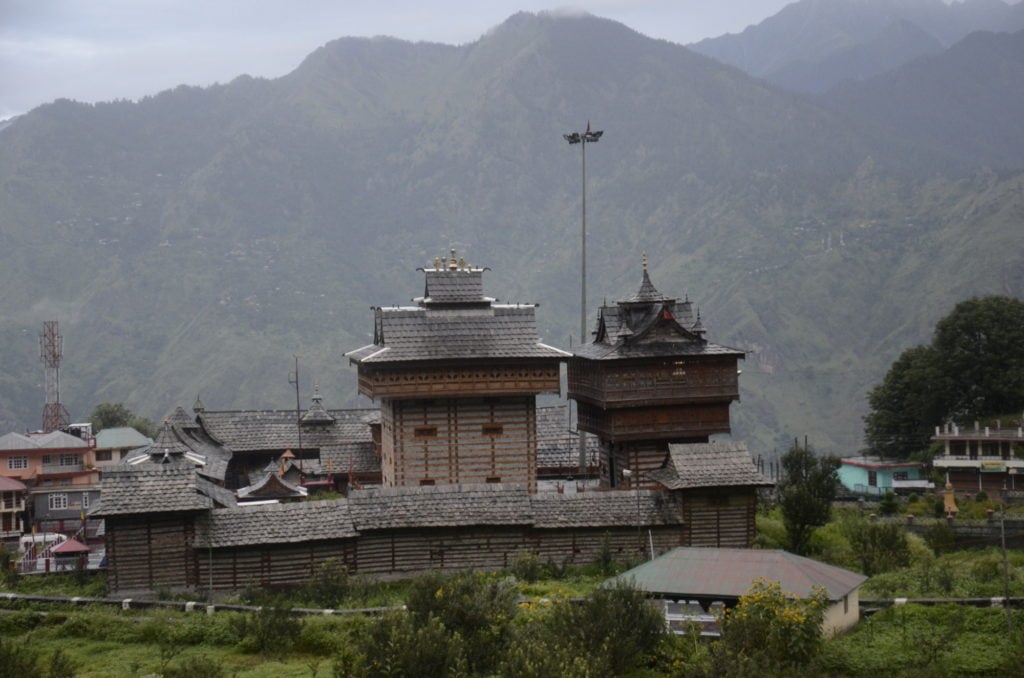
One of her kind, Bhimkali at Sarahan
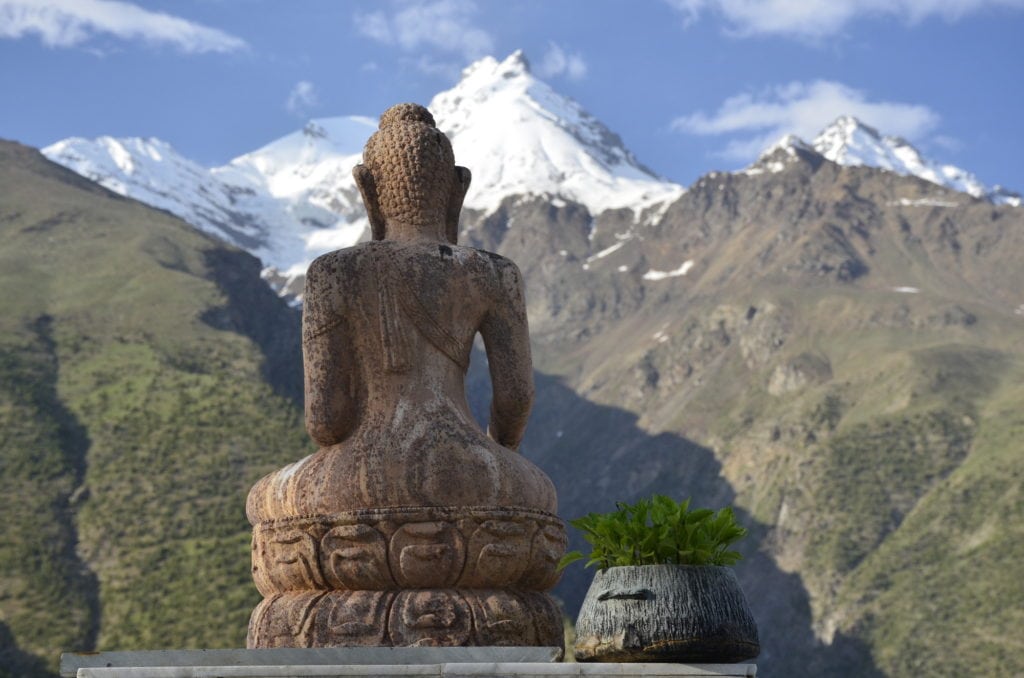
Philosophy at a glance, Kardang
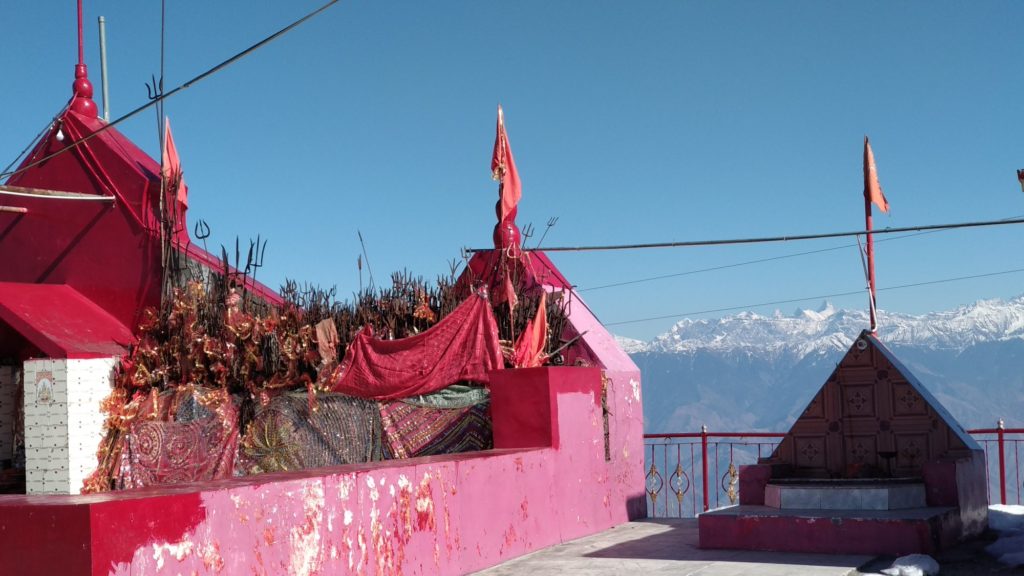
Mataji, Mountains and Maggi, Dainkund
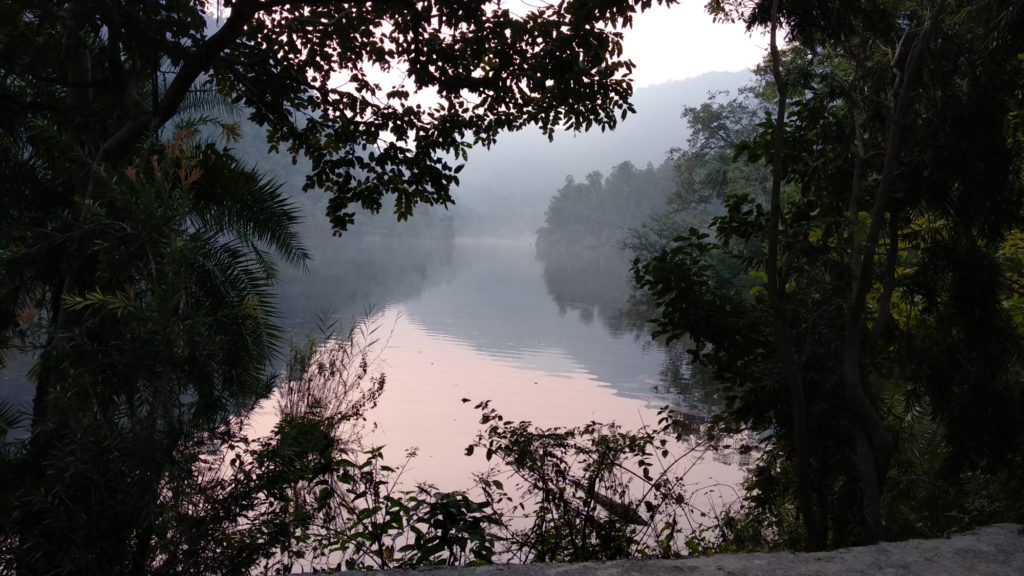
Lake placid at Renukaji
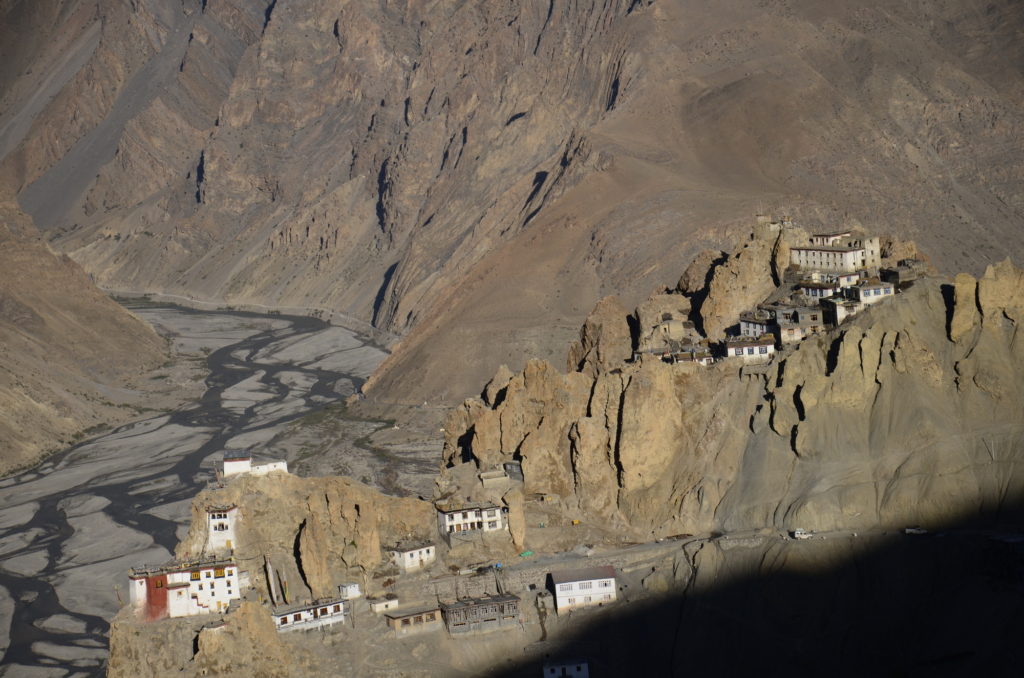
Coming out of Mud, Dhankar
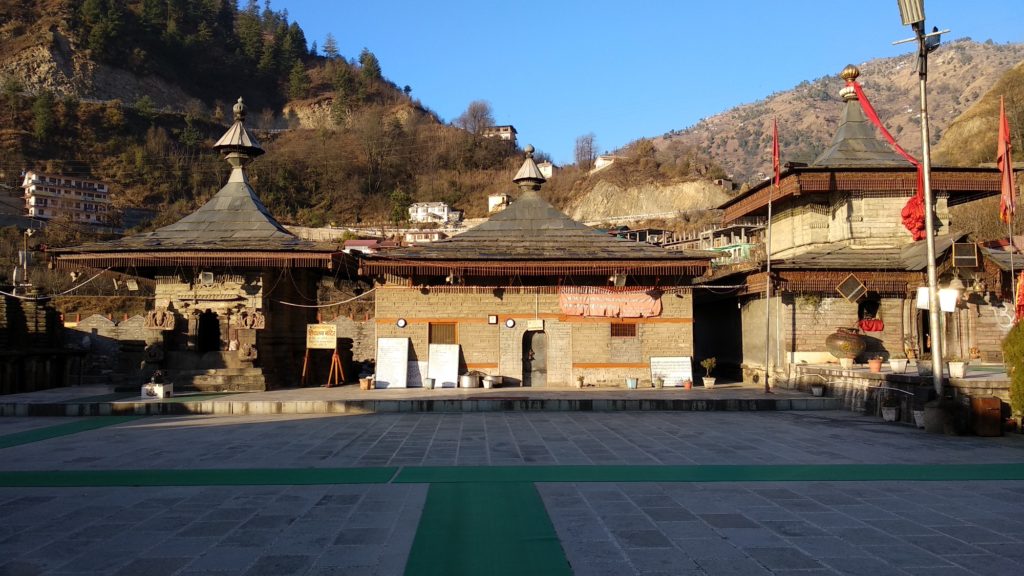
Hatkoti, on its own

When the whole town is a temple, Kullu Dussehrah
Kullu Dussehrah. Temples of Himachal …11.
Kullu has long decoupled from Manali.
The thin riverside town doesn’t look pretty with narrow streets and its general untidiness is a misfit with the rest of Himachal. It has its glory though, for a week every year during Kullu Dussehrah. Kullu excels in the tradition of Devtas. Each village was a small kingdom with its own Devta and the tradition continues till today. The devtas resemble a vertical plate – all gold we hear. The Devtas advise and mediate; and fix every joy and address every sorrow. People say even elections are decided before polling by the Devta, with a sacrifice of a goat.
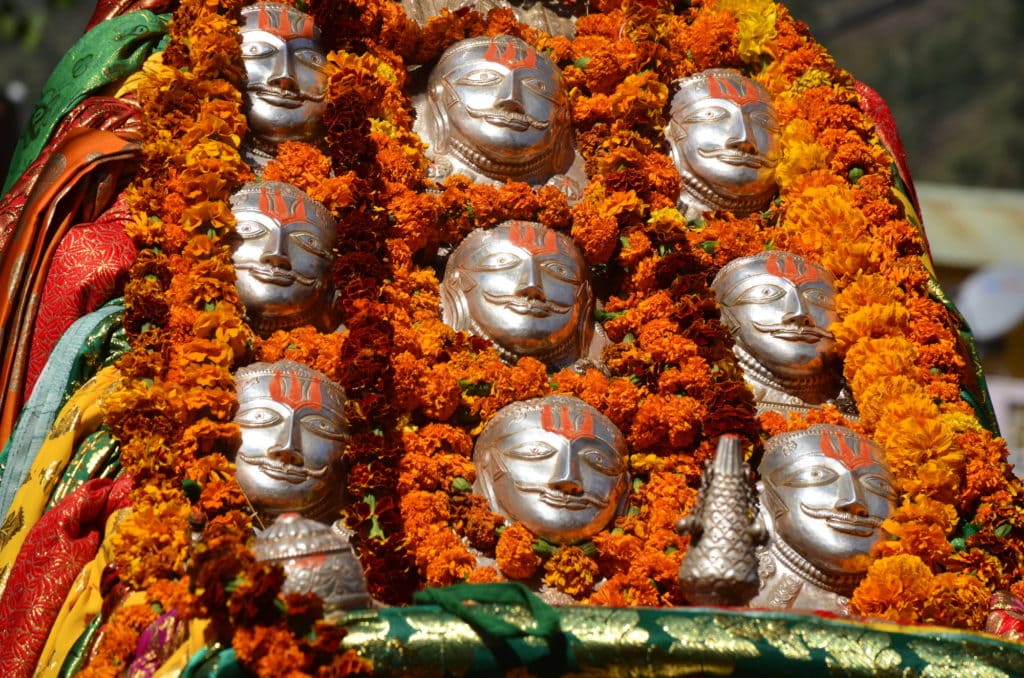
Devtas of the Dussehrah
Raghunathji in Kullu is the presiding devta, with a legacy tracing back to Ayodhya. Each year, Raghunathji invites all the Devtas to Kullu, for a week. Even today, the District Magistrate writes a formal letter to each Devta on behalf of Raghunatji, inviting them to Kullu. The Dussehrah starts on the day it ends in rest of India, on Vijayadasami, and continues for a week after that.
The deities arrive on foot to Kullu, carried by villagers, around 225 each year. They visit Raghunathji and make their way to the large ground in Kullu. Each Devta has a designated area; and the villagers live, cook, eat and celebrate with their deity for a week.
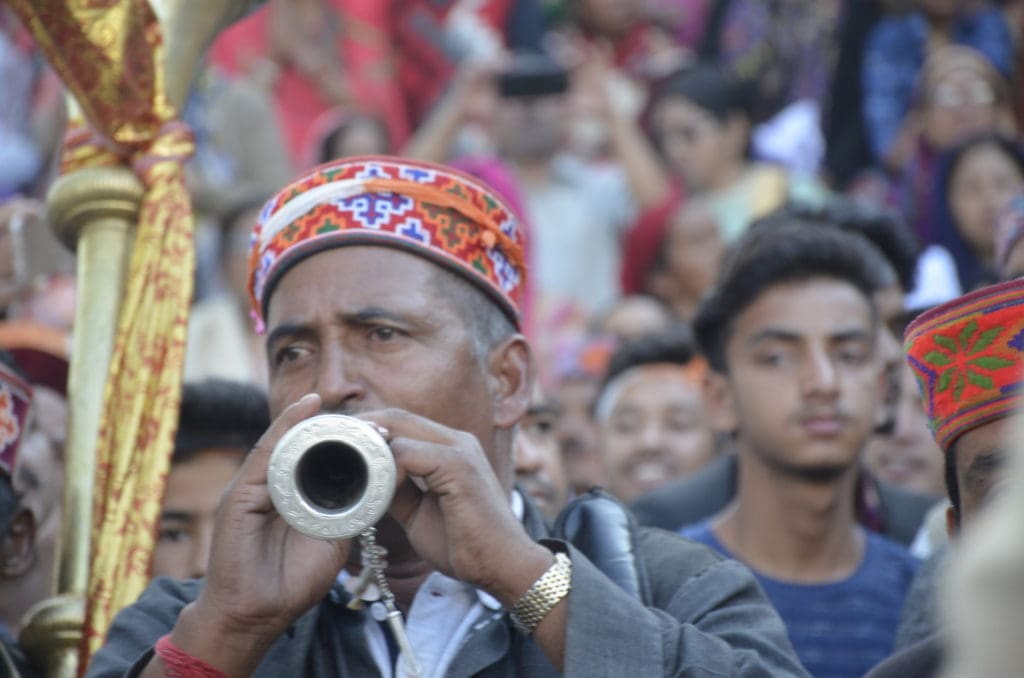
and the Dussehrah starts
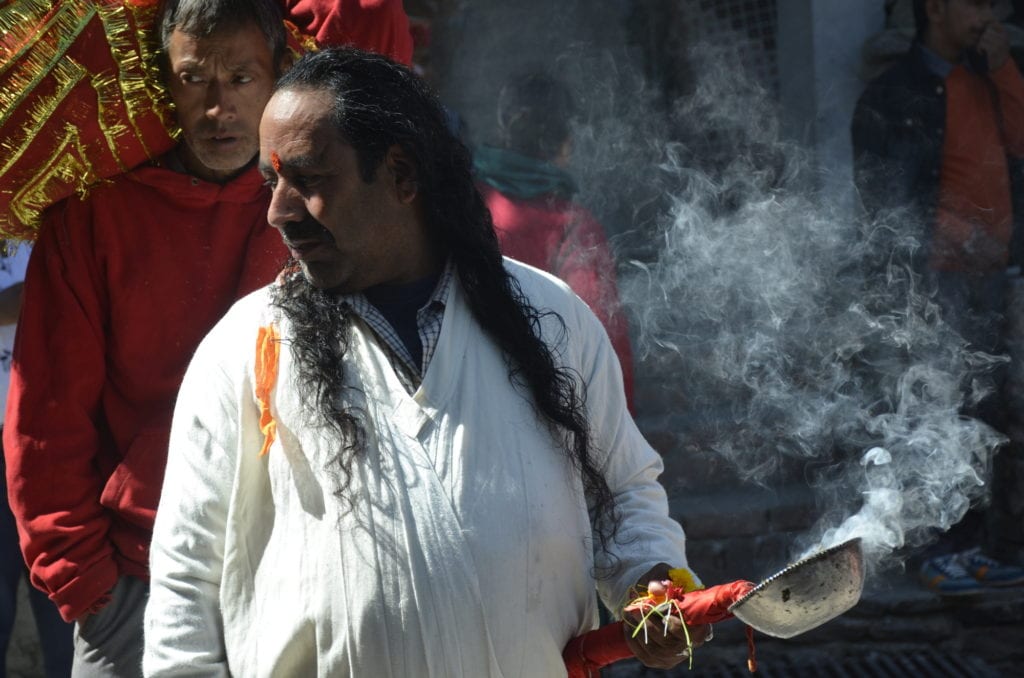
The priests of Kullu
I first saw the last day of Kullu Dussehrah in 2017 for a brief while; and then resolved to come back. Last year, I managed a whirlwind trip to see the opening day. The festivities are remarkable; the stream of Devtas and pilgrims paying respect to Raghunatji; then march their way through narrow and steep alleys to the ground. The joy and revelry at the ground in the evening. Women dressed in Kullu fineries. Children awestruck at the chaos which no You Tube can show.
If you want to live a festival with no center of gravity, think of Kullu., the coming together of 200+ deities in one place. There is raw festivity, colours, noise, crowds and celebration.
After all, these seven days, the whole town is a temple.
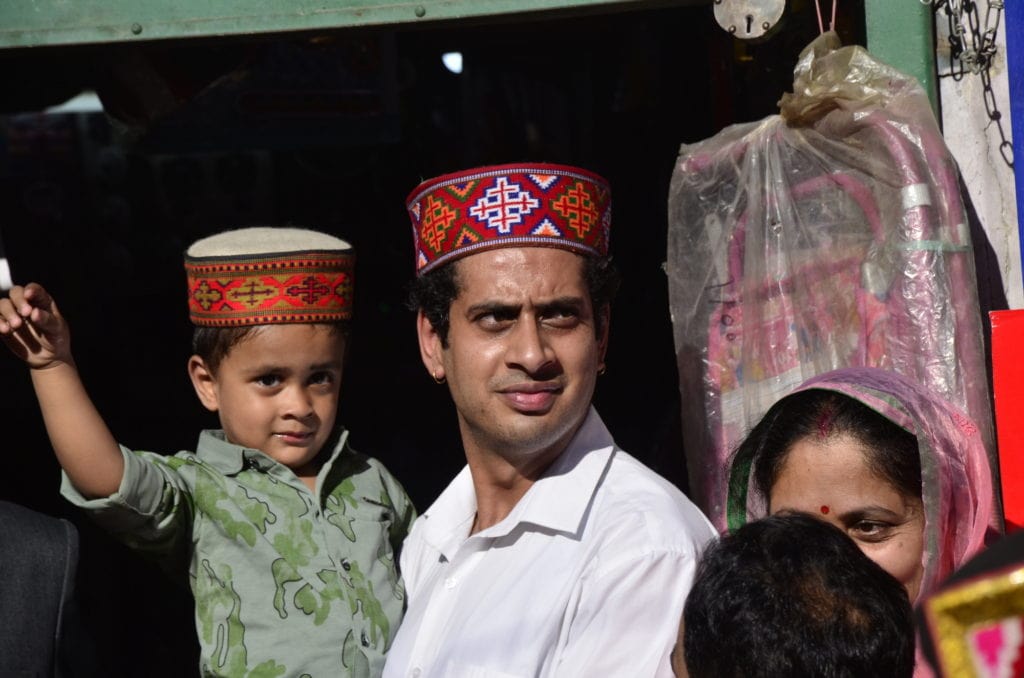
Curiosity of the Kullu Dussehrah
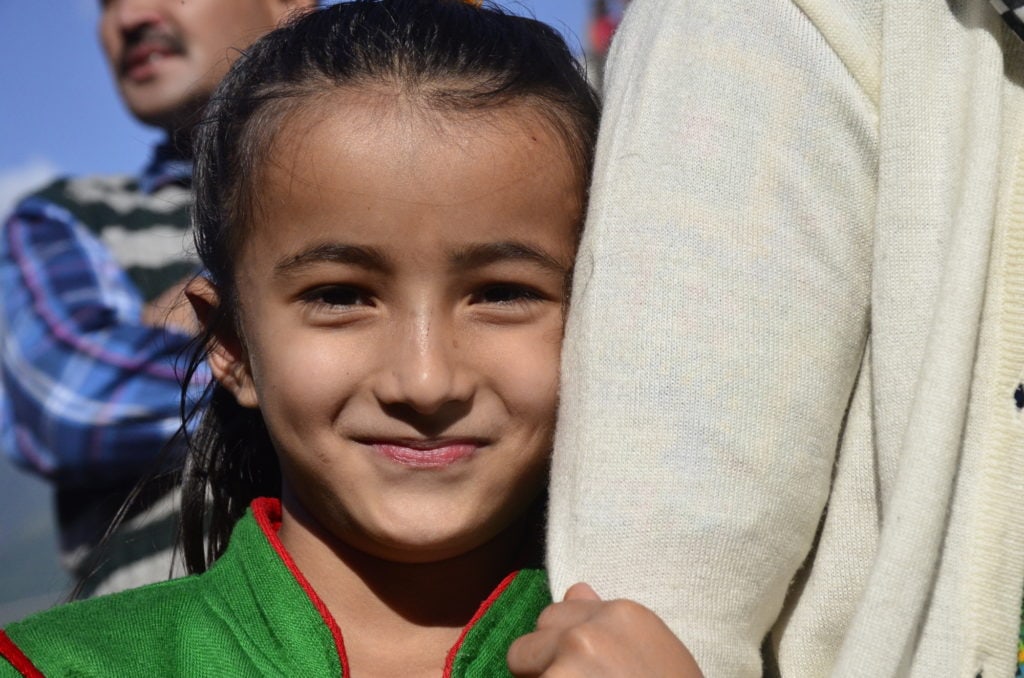
My daddy strongest
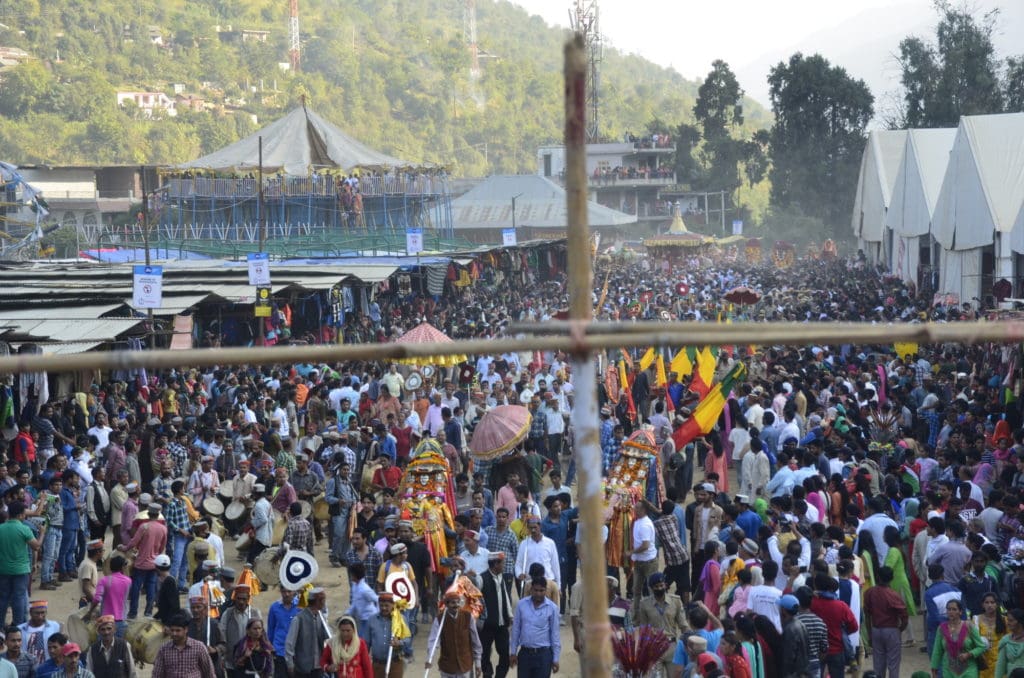
The last day procession
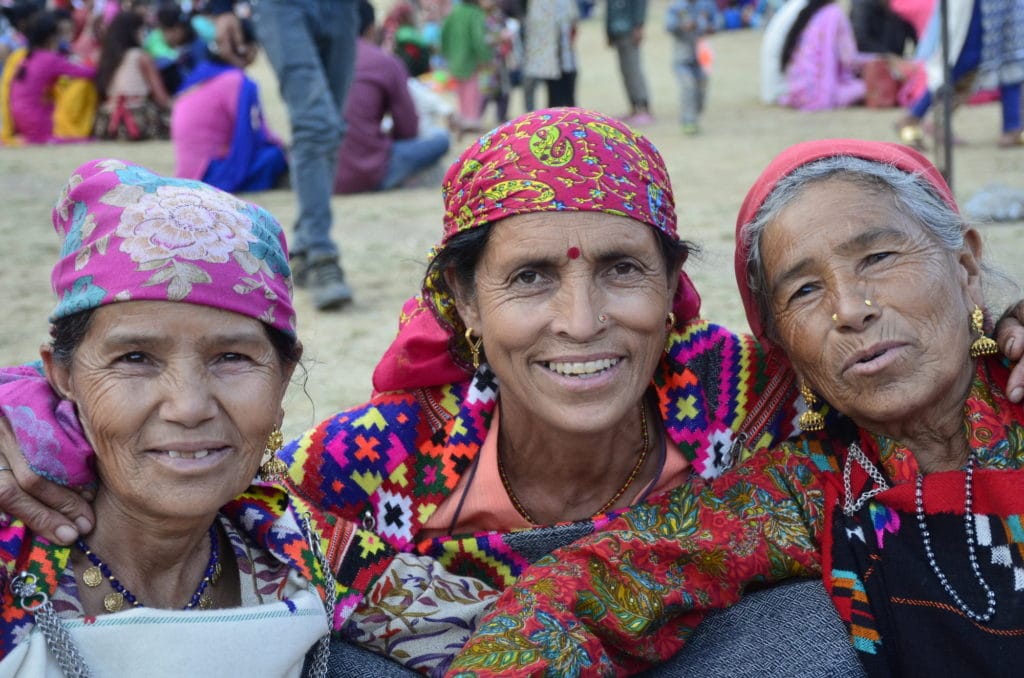
The finest of Kullu women at the Dussehrah

Hanumanji at hilltop, Shimla
I go to the Jakhoo temple every time I visit Shimla. February 2019 was no exception. I had reached Shimla in the evening and it had soon started to snow. It was a gentle drift which became heavier in the night. I set out very early the next morning to the temple, maybe at 5.30 or 6 a.m. The snowfall had covered the town through the night. The landscape was completely white. The town was still asleep, perhaps saying “Life would anyway be slow, so why rush the morning?” With all the silence, the walk through the soft and sinking snow felt even quieter.
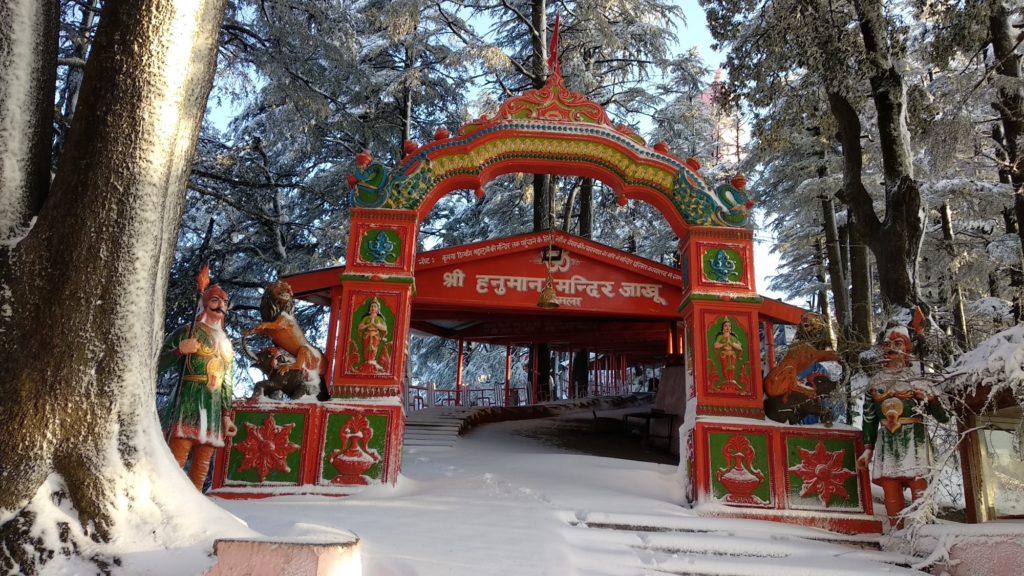
Last flight of steps before Jakhoo temple in Shimla
There was a bit of mystery ahead. In normal weather, the steep climb to Jakhoo takes just over thirty minutes. It snows heavier near Jakhoo and I was not sure if the route was even open. With legs sinking in calf deep snow, I was making only slow progress, but cheerful progress. The route was open but there were no other footmarks on the snow. The snowfall had been heavier near Jakhoo and my feet sank almost knee deep. When I reached Jakhoo I was the only devotee.
In warmer times, the climb itself is an experience. A small board just behind the public library at the ridge challenges you right at the start. It tells you how long you ought to take (age and fitness adjusted!). It is a steep climb for a third of the way winding past a café run by prisoners, some hotels, shops, a Church in disuse and some colonial bungalows. It levels out for the next one third of the way along a large playground and a row of houses. The last one-third is a steep climb on steps. This part is thickly wooded and full of aggressive monkeys. There is a somewhat inconvenient and slightly expensive rope-way. There is also a long winded road that takes you through all of Shimla’s traffic. You can avoid the climb with either of these, but you should climb for the experience and the memories.
The temple is at the top of the ridge and is the highest point in Shimla. It marks the place where Hanumanji heard Sage Yakoo’s chanting and stopped, before resuming his search for Sanjeevini. The temple complex has a 108 feet tall Hanumanji who looks down at the mall road and Shimla ridge below. The sunrise and the sunset are fabulous at Jakhoo. The slanting rays break through the tree leaves to light up the saffron coloured temple walls from different angles. The shadow of the trees adds to the effect. The evening aarti is great community experience.
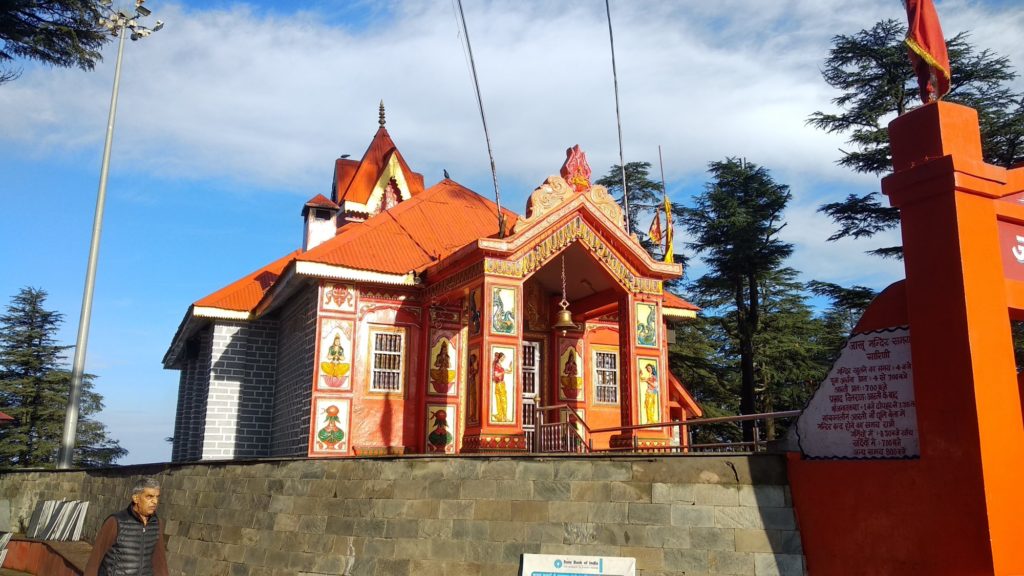
Sunrise at Jakhoo temple

Jakhoo at Sunset
The Panditji is of a ripe age and perhaps lives at the ridge itself and must have served Hanumanji for several decades. He serves the devotees tirtha, some prasad, a flower or two and then caringly applies the tika. He picks up every rupee offered to him and puts them in the hundi. Even if it was intended for him, he takes nothing of it for himself.
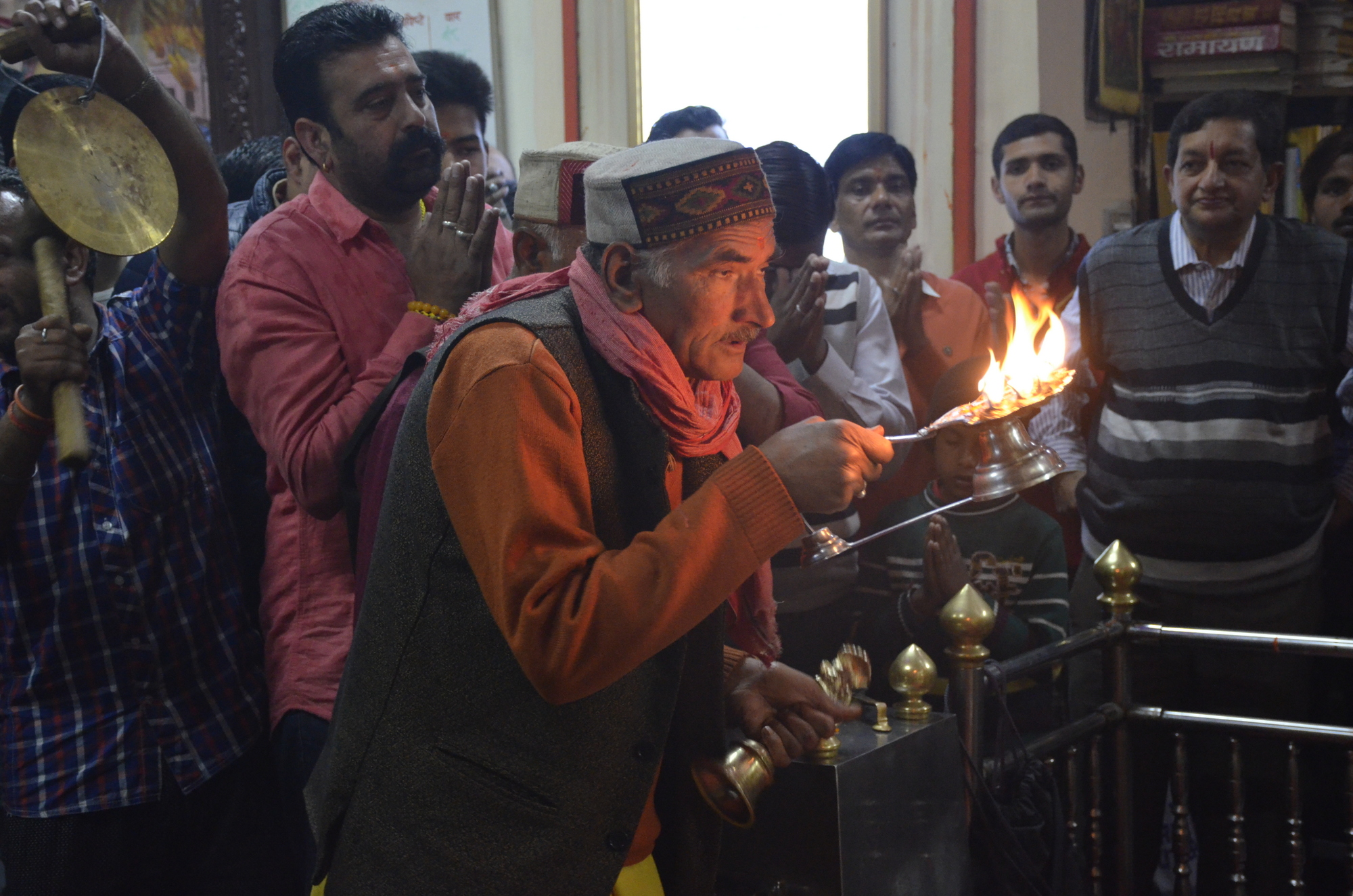
Evening Aarti
I had taken my drone along that morning. With freezing and numb fingers I managed to fly the drone for a few minutes. The drone’s eye view of Hanumanji standing amidst the blanket of snow was incredible. But the temperature took its toll. My thin gloves could not stop the cold that quickly turned into searing pain. I rushed down hoping for warmth. Luckily, ten minutes down, where the trail levels a bit to meet settlements, a tea stall was stirring to life. The owner looked at me and lit up a fire. Then brought me a cup of tea. Life came back. I have gone back twice since then for a warmer experience.
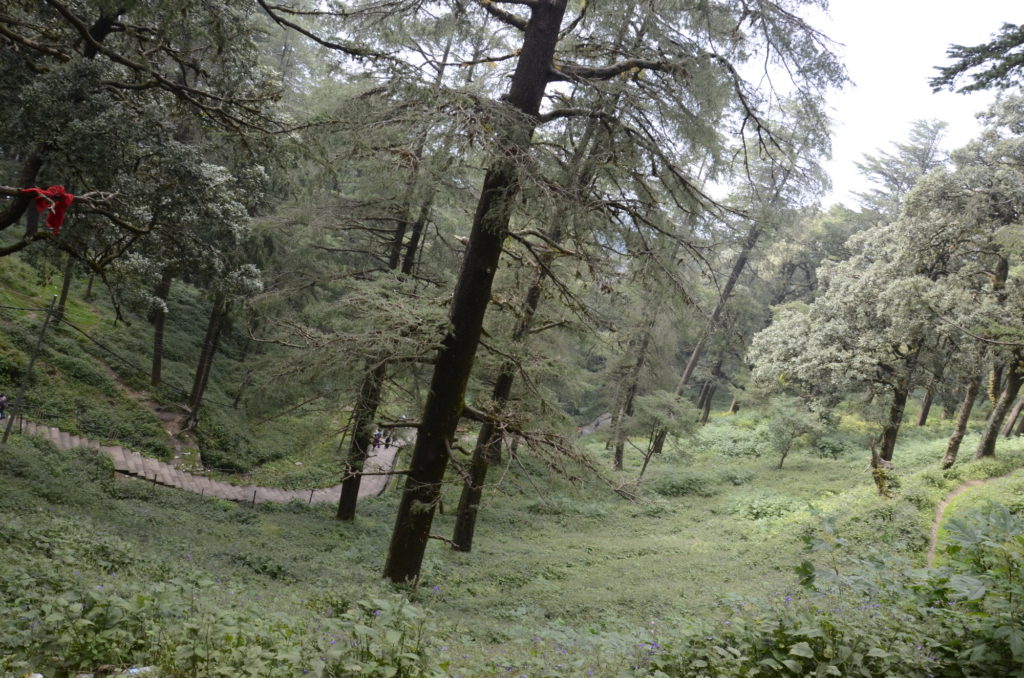
The climb to Jakhoo
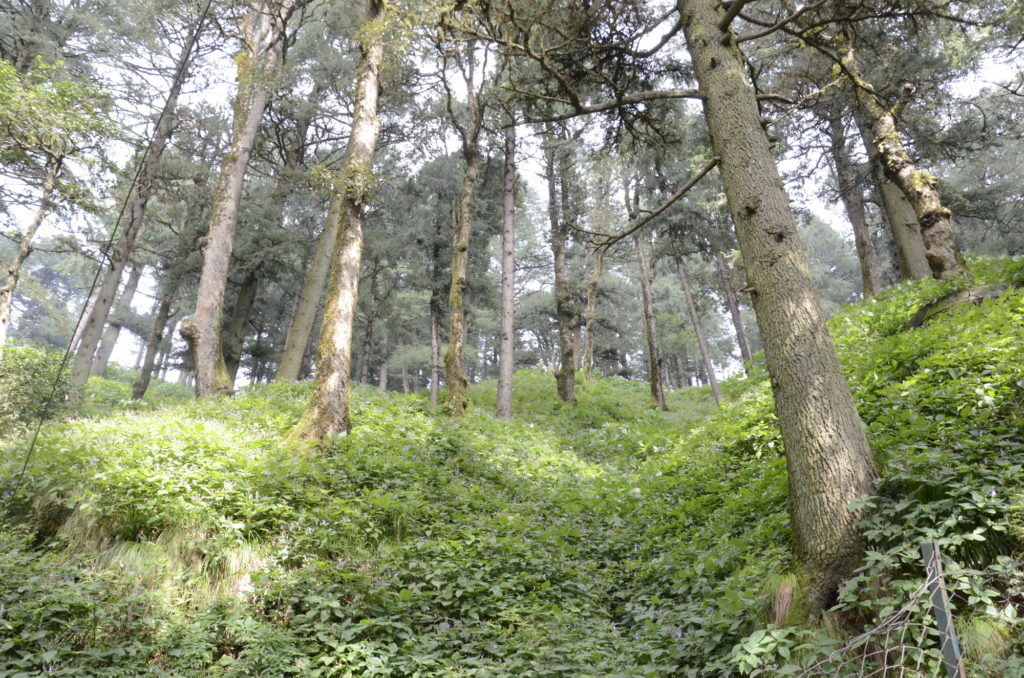
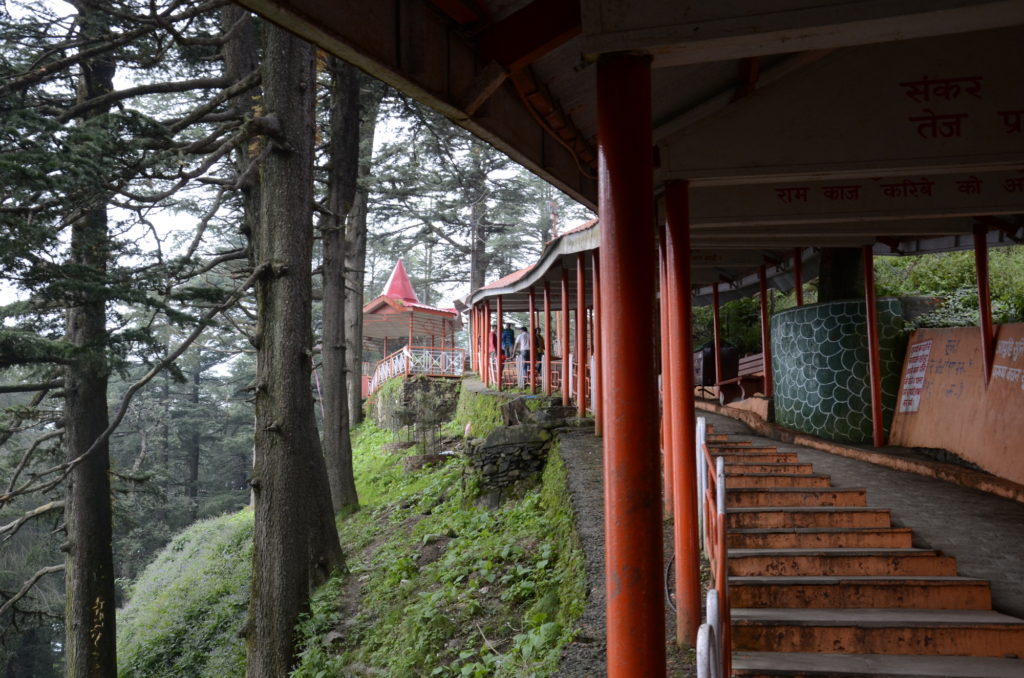
This last climb is a monkey kingdom

Coming out of Mud, Dhankar
Dhankar. Temples of Himachal….7.
Spiti is sparsely populated. It is part of a district that has 3 people per sq km that makes up for less than a percent of India’s density. I was sold on this area by one of the earliest outlook travellers books on Himachal. It had a trek called Spiti left bank trek. I stepped out with an ambition to do it solo.
Once I reached Spiti, I quickly gave up on the trek idea. The heights, landscape and desolation scared me off the solo idea. The trip became a slow travel over ten days or so. Dhankar was one of the stops.
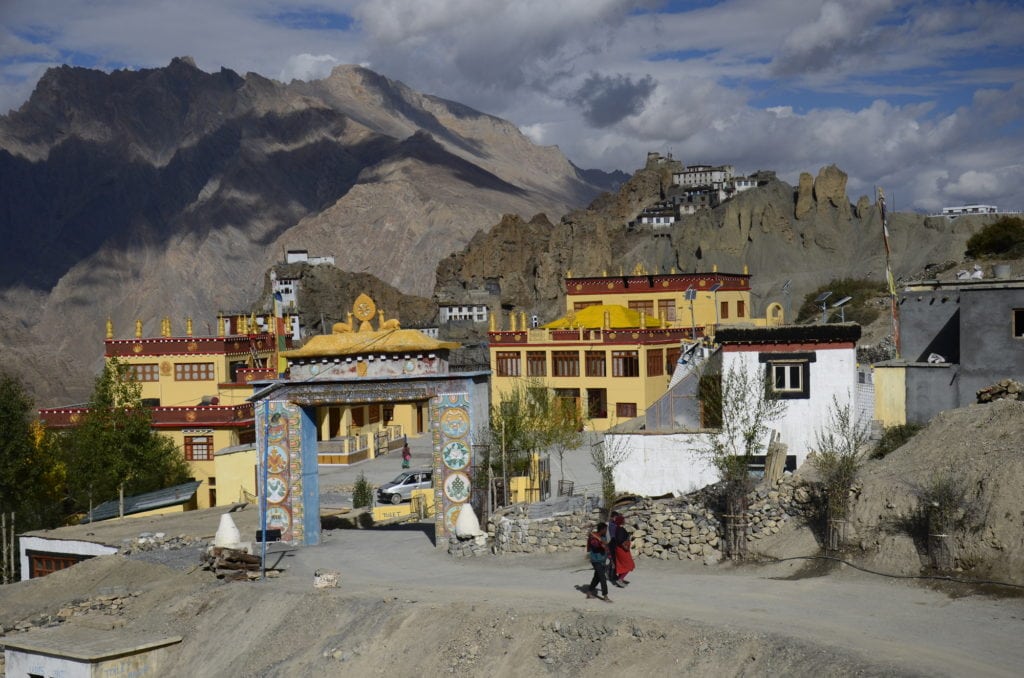
Dhankar, the new and the ancient
It is a monastery on a ridge line and makes for spectacular views. It is on a mud cliff, all sides and edges ragged by raging winds; and then snow that drags the mud down every season. It looks like a giant termite mound as a result. The location overlooks the confluence of two great rivers, Pin and Spiti, which eventually become the Sutlej.
I reached by afternoon and then ran into a small group of very serious young photographers from Karnataka. They use only the morning and evening sunlight and were maniacal in their attention to detail.
Next morning, they decided to climb up the mountain further to get an early morning shot of the monastery and I went along with them. The monastery itself is at about 12500 feet and we went some bit higher. The Sun slowly crept up on the ridge line and the shadows receded, lighting up the monastery.
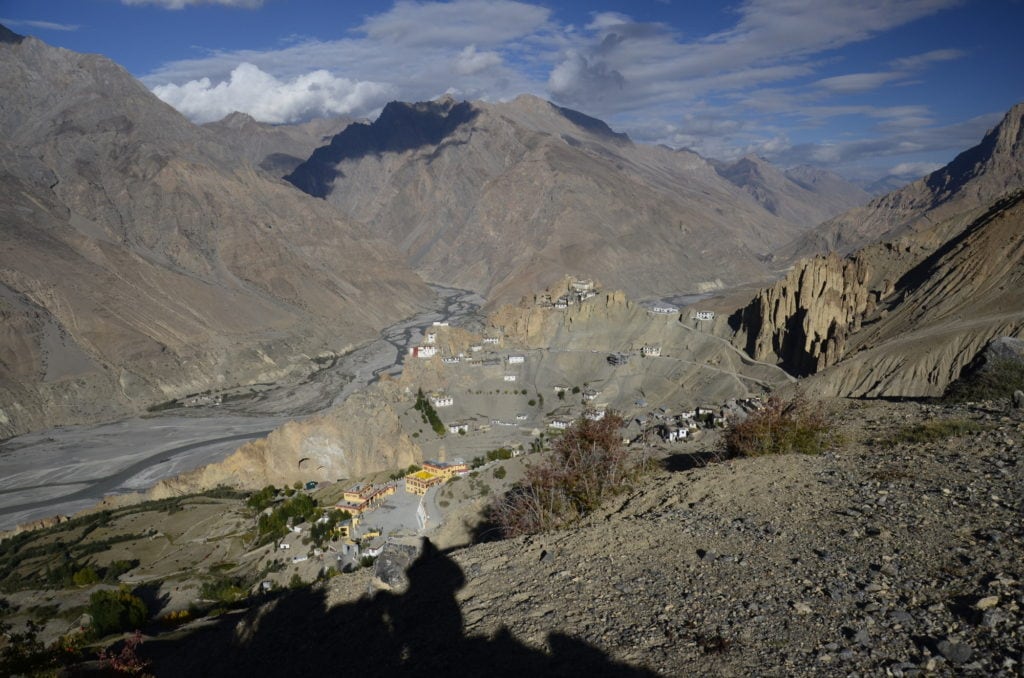
The landscape of Dhankar
Dhankar has other distractions, a short hike to a mountaintop plateau with a lake. An abandoned Santro car, since towing it to Manali is not worth the salvage value, a really cost monastery hostel, budding monks and great food.
I also realised that Hrishikesh Sagar, one of the serious photographers, is a wonderful wildlife enthusiast, and his photos are a pleasure to see, everytime.
Coming out of Mud. Dhankar Monastery, Spiti, Himachal Pradesh
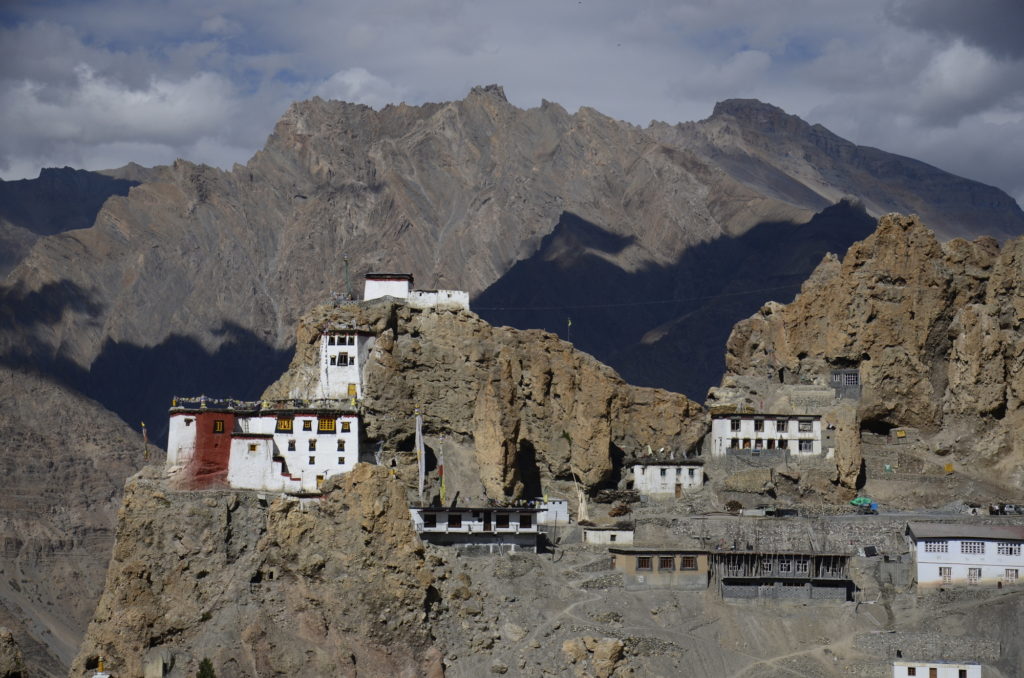
Dhankar Fort that seems to just pop out of Mud
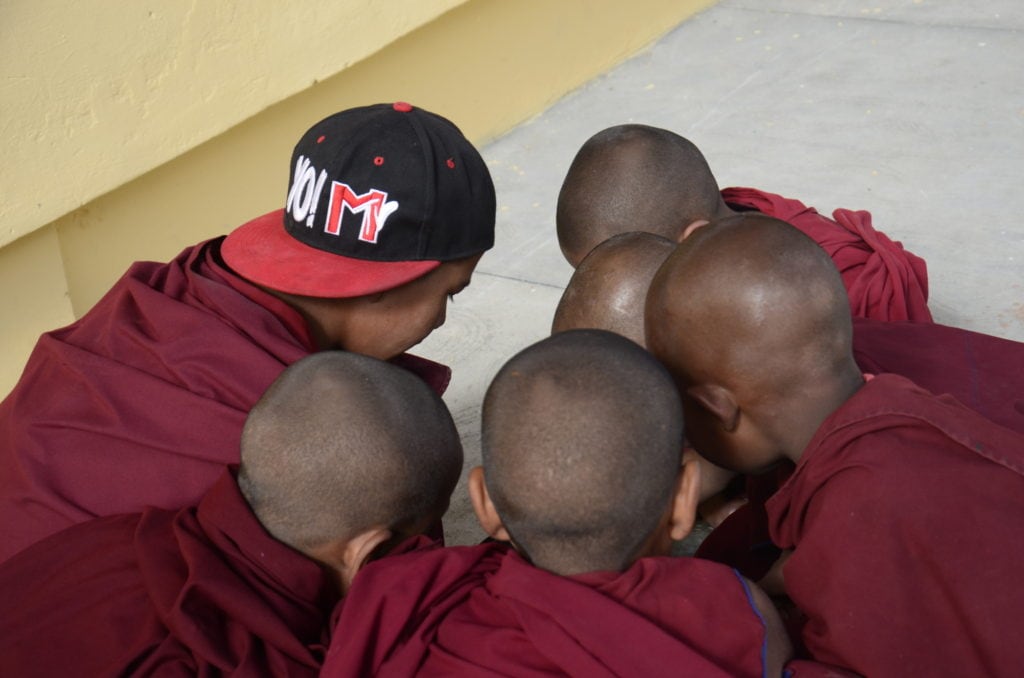
Budding monks at Dhankar Monastery

